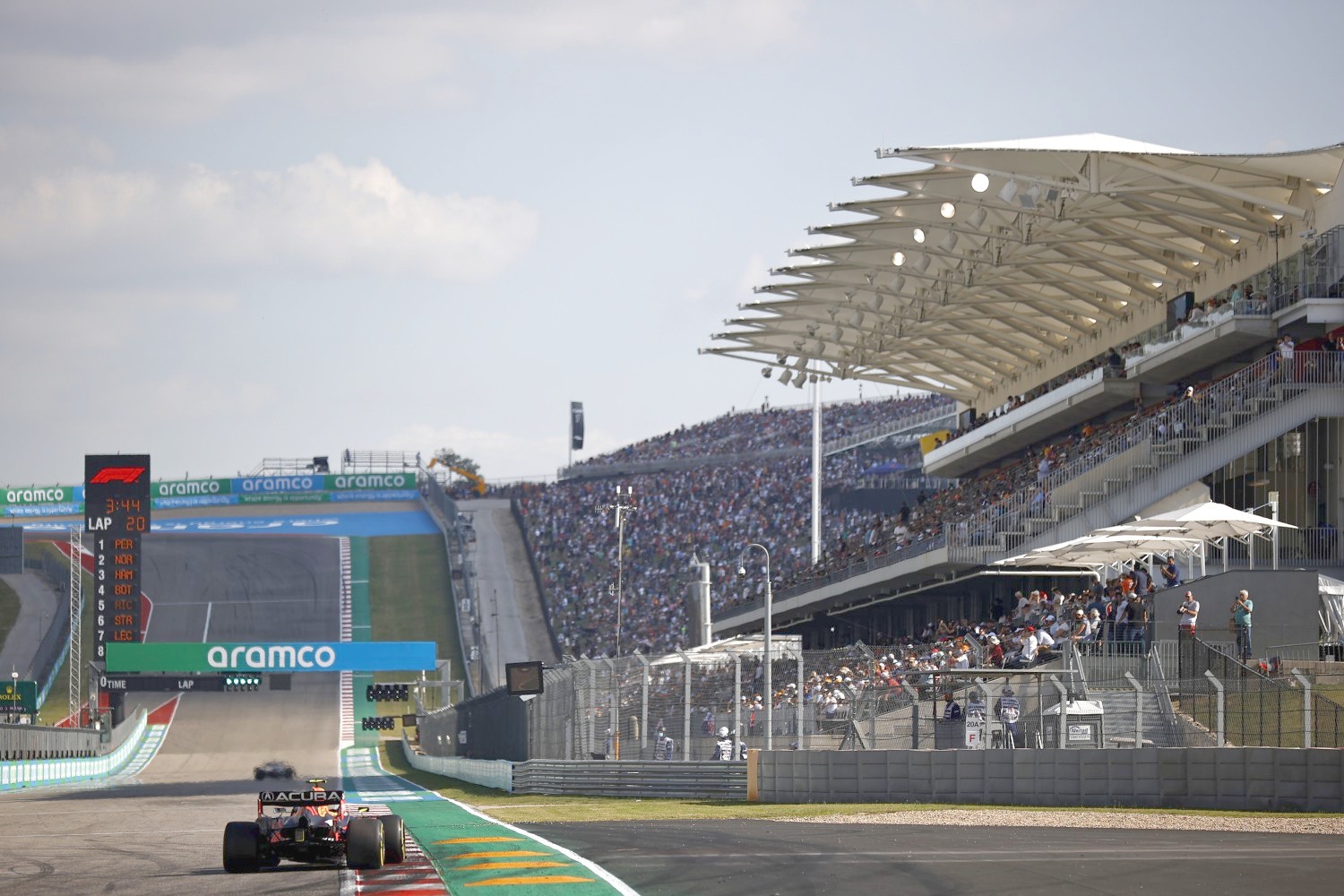F1: Every venue in the USA That Has Hosted an F1 Event
With the announcement that the city of Las Vegas will return to the F1 calendar in 2023, the US is now consolidating itself in a fast way as the country in which it has hosted the category on more different circuits.
Counting on the Miami race, which debuted in 2022, and the new urban layout of Las Vegas, the United States will have hosted championship races on 11 different circuits. And the count can even go up to 12 if we consider the oval and the Indianapolis road course mixed as different tracks. France, with seven, and Spain, with six, are the countries that come next on the list.
Watkins Glen (1961 to 80 – 20 races)
Cameron Argetsinger, director of Watkins Glen, located in upstate New York, that has always been a famous place for sports and wagers in NY. The city offered his circuit to host the event. It couldn’t have gone more right. Today the track is still being used for NASCAR and other races, but if F1 were to return, it would definitely fill the seats. Also, with New York allowing online sports betting, you can be sure that a majority in the crowd would intensely follow their bets. For your convenience, Online Betting Guide provides us with the best online sportsbook in the New York area.
As of today, Watkins Glen is still the venue that has hosted the most USGPs. The race stayed there for nearly two decades. The event ended up helping the track to consolidate itself at the time as one of the most important venues in the United States, hosting several races in a more European style.
Indianapolis 500 (1950 to 61 – 11 races)
The Indianapolis 500-Mile race was part of the World championship calendar for 11 years and counted for points. However, it is also possible to point out that an F1 car has never actually raced in the event.
The cars that competed at Indy were drastically different from those of F1, the sanctioning bodies were different, and the points-paying formats were totally unique.
In the 11 years that the FIA included the 500 on F1’s calendar, very few drivers and teams made any kind of effort at Indy. In 1952, Alberto Ascari joined the Ferrari team’s Indy 500 effort. The Maranello organization sent four cars to the event, though Ascari only managed to qualify one of them, in 19th place. On the 25th lap, Ascari had worked his way up to ninth place before one of his Borrani wire wheels failed, sending him out of the race. In 1958, Juan Manuel Fangio failed to qualify for the 500.
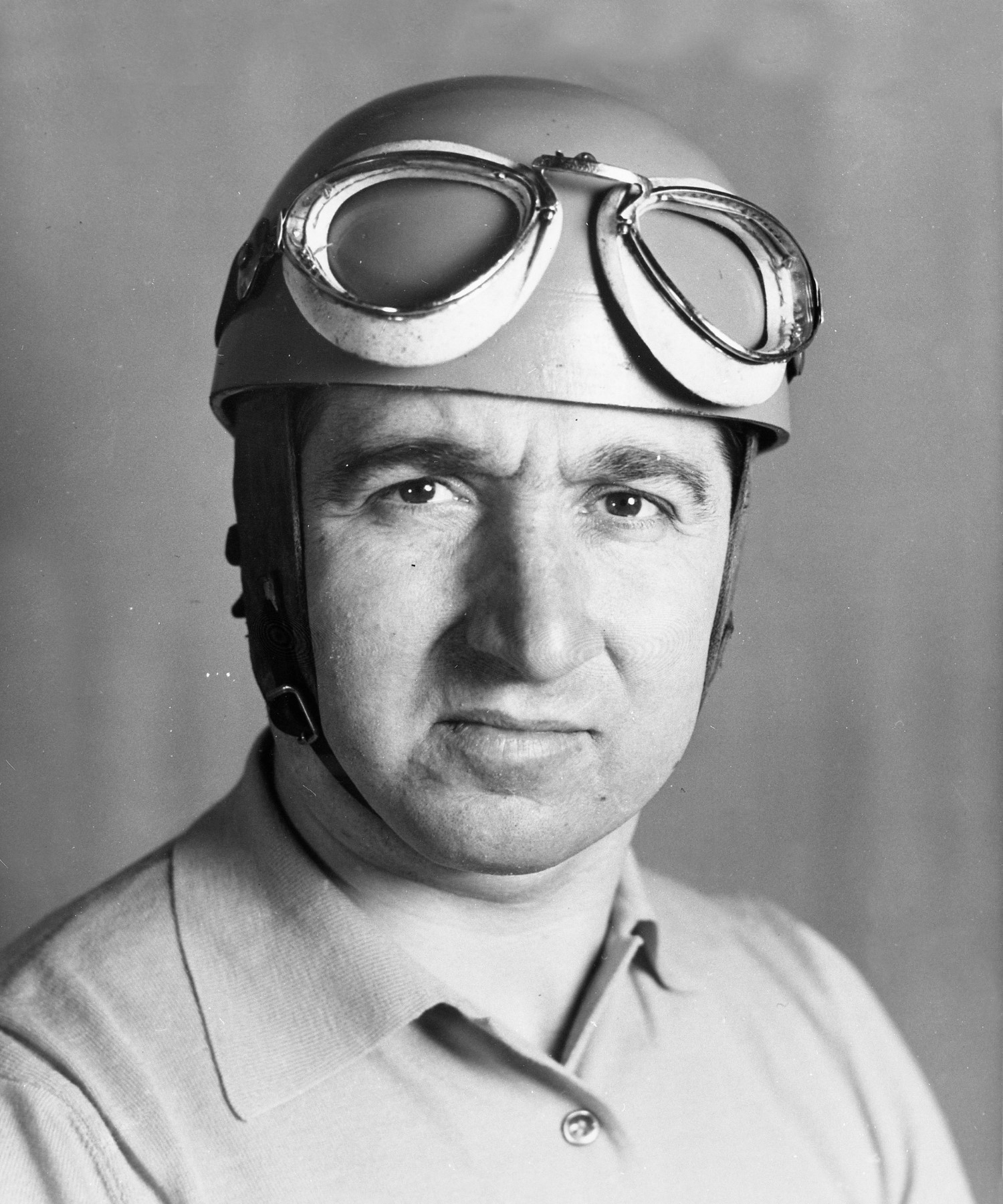
When the 500 was no longer counted as an F1 points paying racing, several F1 drivers race in the 500 driving IndyCars. F1 drivers Jim Clark and Graham Hill both have won the Indy 500.
Sebring (1959 – 1 race)
The first USGP within the Drivers’ World Championship took place in 1959 at the Sebring circuit in Florida, the final race of the 1959 F1 season and took place on December 12th.
Businessman Alec Ulmann, of Russian origin, had begun to promote in 1952 the 12 hours of Sebring at an airport in the region that was being transformed into a racetrack. With the event’s entry into the World of Makes Championship he convinced the FIA to take F1 to Sebring to host a USGP within the World Championship calendar.
With a crowd of only 15,000, Ulmann only just managed to break even due to the small crowd, which was partially due to the fact that the event’s purse was a whopping $15,000, a lot for 1959.
The race would not return to Sebring
Riverside (1960 – 1 race)
The Riverside circuit, in California, was gaining fame as one of the best-mixed circuits in the USA in the 60’s. Ulmann was still promoting the USGP and took the series to race there. But once again, the race was a commercial failure.
Long Beach (1976 to 83 – 8 races)
With the USGP finally stabilized at The Glen, F1 sought to increase its presence in the country on the West coast. Chris Pook pulled off the unthinkable and Long Beach, California, the street race, was born.
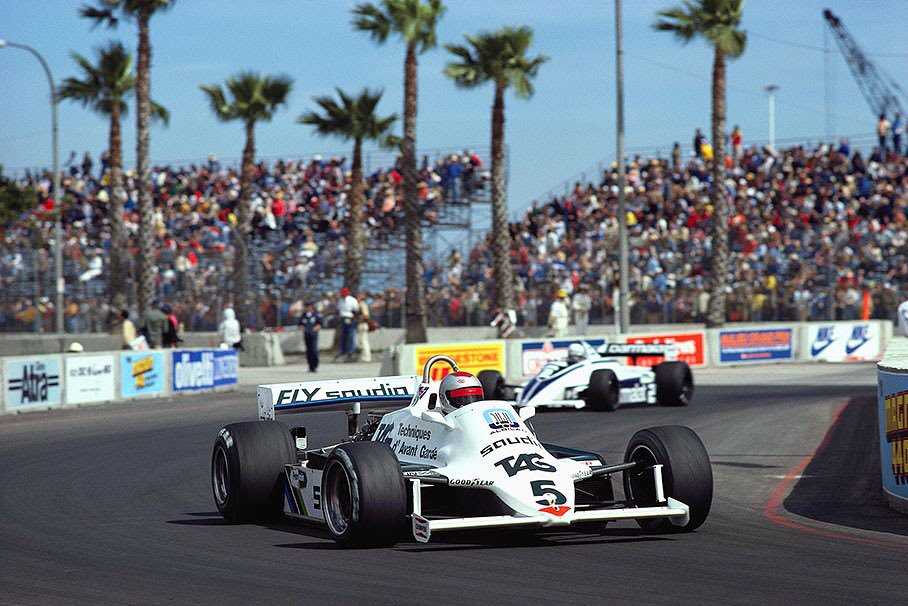
Las Vegas Caesars Palace (1981 and 82 – 2 races)
With the Long Beach race bringing Hollywood glamour between the late 70s and early 80s, and Watkins Glen’s last-minute withdrawal in 81, Bernie Ecclestone, who was already starting to lead the commercial and agreement part of F1, worked to keep the United States with two Grands Prix.
And he believed that Las Vegas was the ideal place, with all its glitz and glamour. The circuit was built to be a non-permanent track in the parking lot of the famous Caesars Palace hotel, one of the city’s symbols. It was not a commercial success and after two races it was gone.
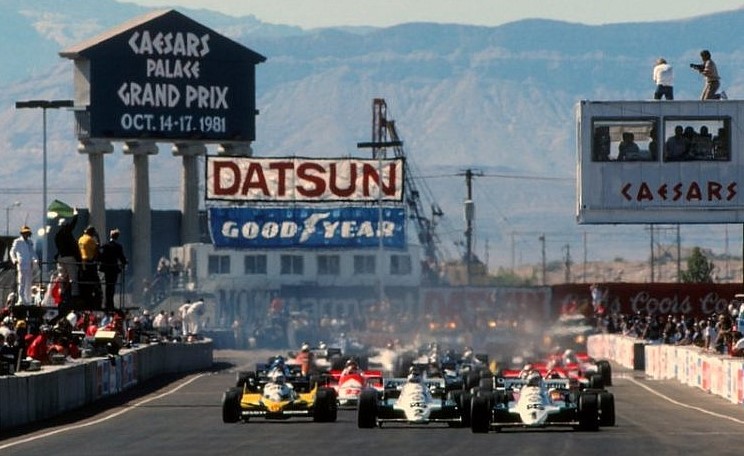
Detroit (1982 to 88 – 7 races)
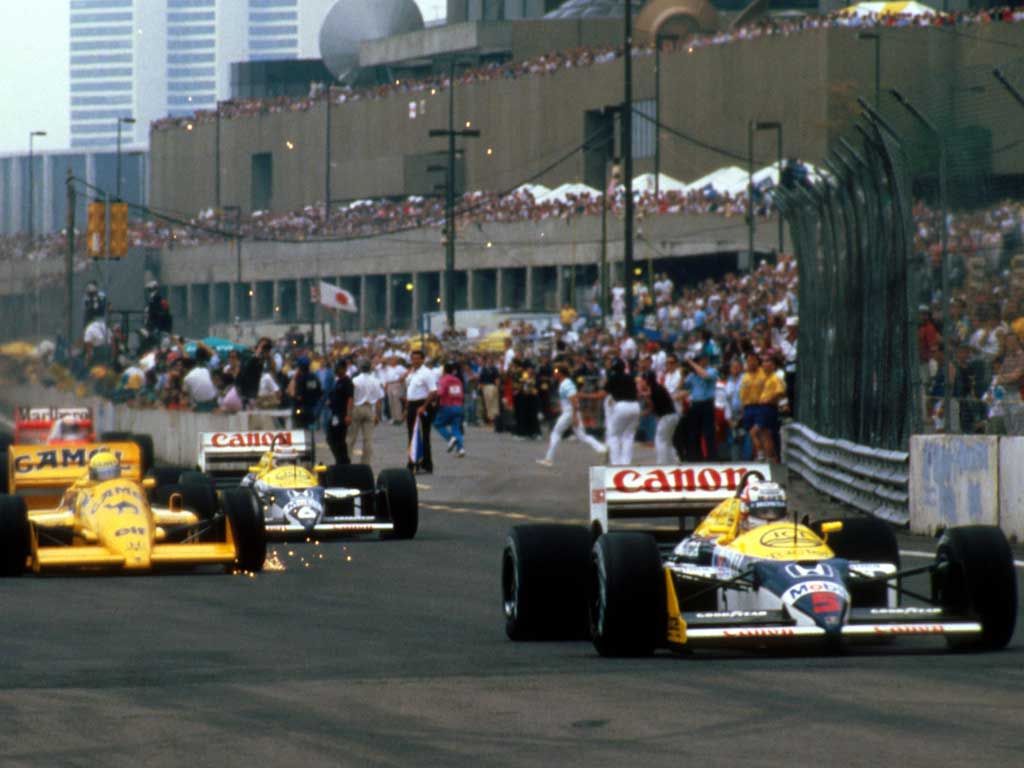
The 1982 season saw F1’s presence grow in the USA. The country had three races in the same year, as Long Beach and Las Vegas were still on the calendar, and Detroit, the national capital of the auto industry, on another street course encompassing the Renaissance Center, current headquarters of General Motors. It was the first time that this had happened in F1. It was only repeated in 2020 due to the rescheduling of stages during the pandemic, in which Italy also hosted three races, in Monza, Imola, and Mugello.
The race soon gained a reputation for being horrendously demanding and grueling, with the very bumpy track often breaking up badly under the consistently hot and very humid weather; it was perhaps the single hardest race on car and driver in Formula One during the 1980s – this race often produced races of attrition and the narrow track would often result in many cars retiring during the race due to mechanical breakage or contact with the concrete walls.
Detroit was removed from the Formula One schedule after 1988 after F1’s governing body FISA declared the temporary pit area wasn’t up to the required standard. FISA and FOCA wanted a permanent pits facility, but the City of Detroit was not willing to spend the money to build such facilities.
Dallas (1984 – 1 race)
The bet was on a street circuit in a city that wanted to internationalize its name with an event seen worldwide. Keke Rosberg won the race in 1984, but the race was cancelled in 1985 due to financial problems and safety concerns.
Phoenix (1989 to 91 – 3 races)
The Formula One United States Grand Prix was held on the Phoenix street circuit in Phoenix, Arizona, between 1989 and 1991. It was held in downtown by the Phoenix Civic Plaza and the America West Arena, prior to the introduction of the state’s baseball stadium, Bank One Ballpark.
The United States Grand Prix lasted in Phoenix for three years, but was inexplicably dropped by Formula One management. There were no further Formula One races in the US until the Indianapolis Motor Speedway first held a Grand Prix in 2000.
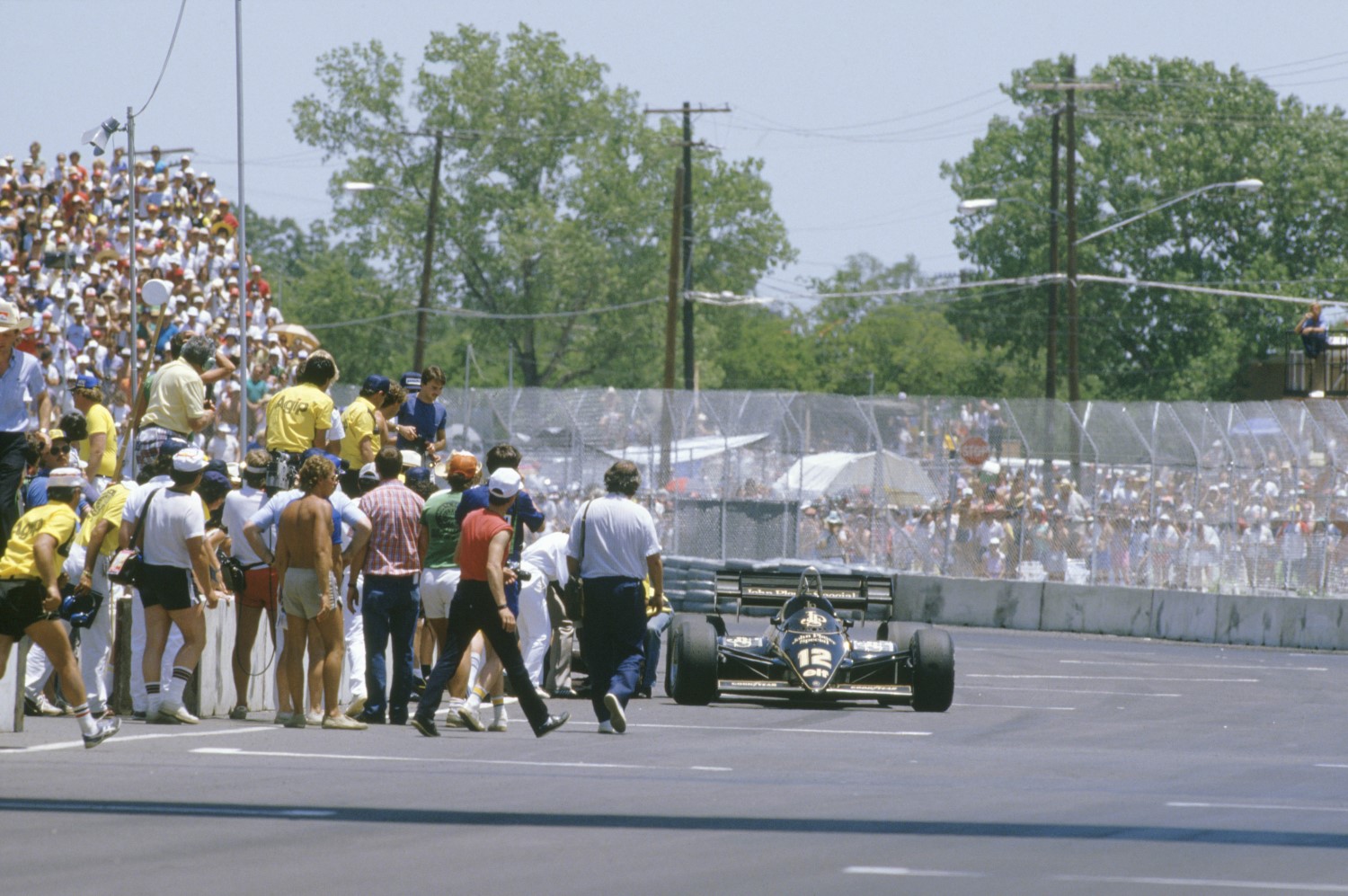
Indianapolis (2000 to 07 – 8 races)
The Formula One World Championship raced at the Indianapolis Motor Speedway from 2000-2007 in the United States Grand Prix at Indianapolis. F1 competed on a 13-turn, 2.605-mile road course at IMS that run clockwise – the opposite direction of the oval events – and incorporated the iconic front straightaway, a newly built infield road section, the short chute between Turns 1 and 2 of the oval and Turn 1 of the oval.
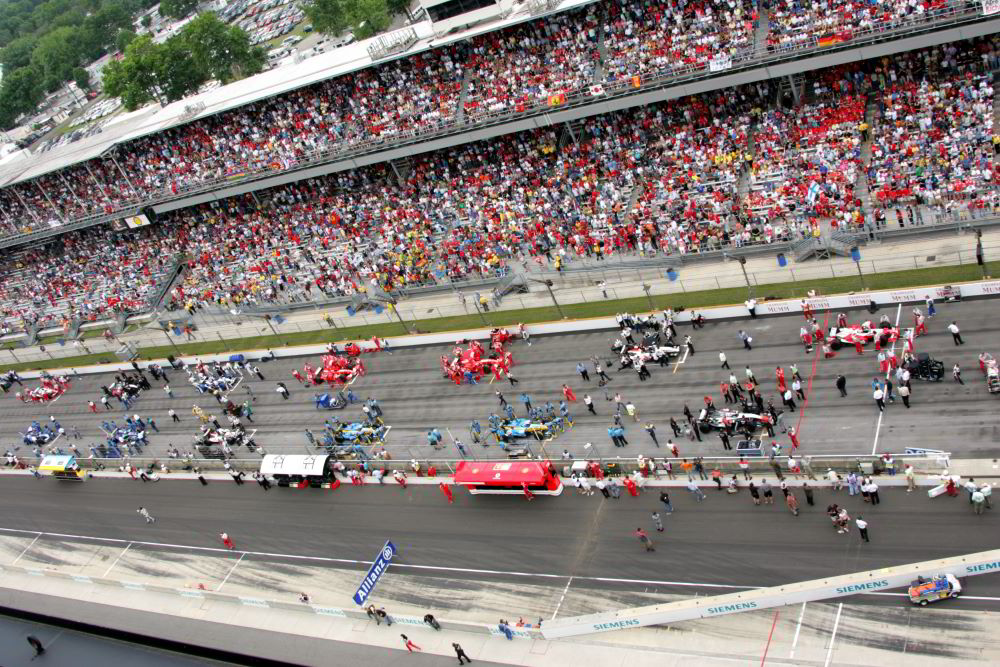
IMS and Formula One officials announced in 1998 that F1 would return to the United States for the first time since 1991 at Phoenix with the inaugural United States Grand Prix at Indianapolis in 2000. The Speedway embarked on a multimillion-dollar construction project that involved the building of the new road course, pitside garages and suites, a new media center and a majestic new Pagoda control tower.
Austin (2012 to date – 8 races)
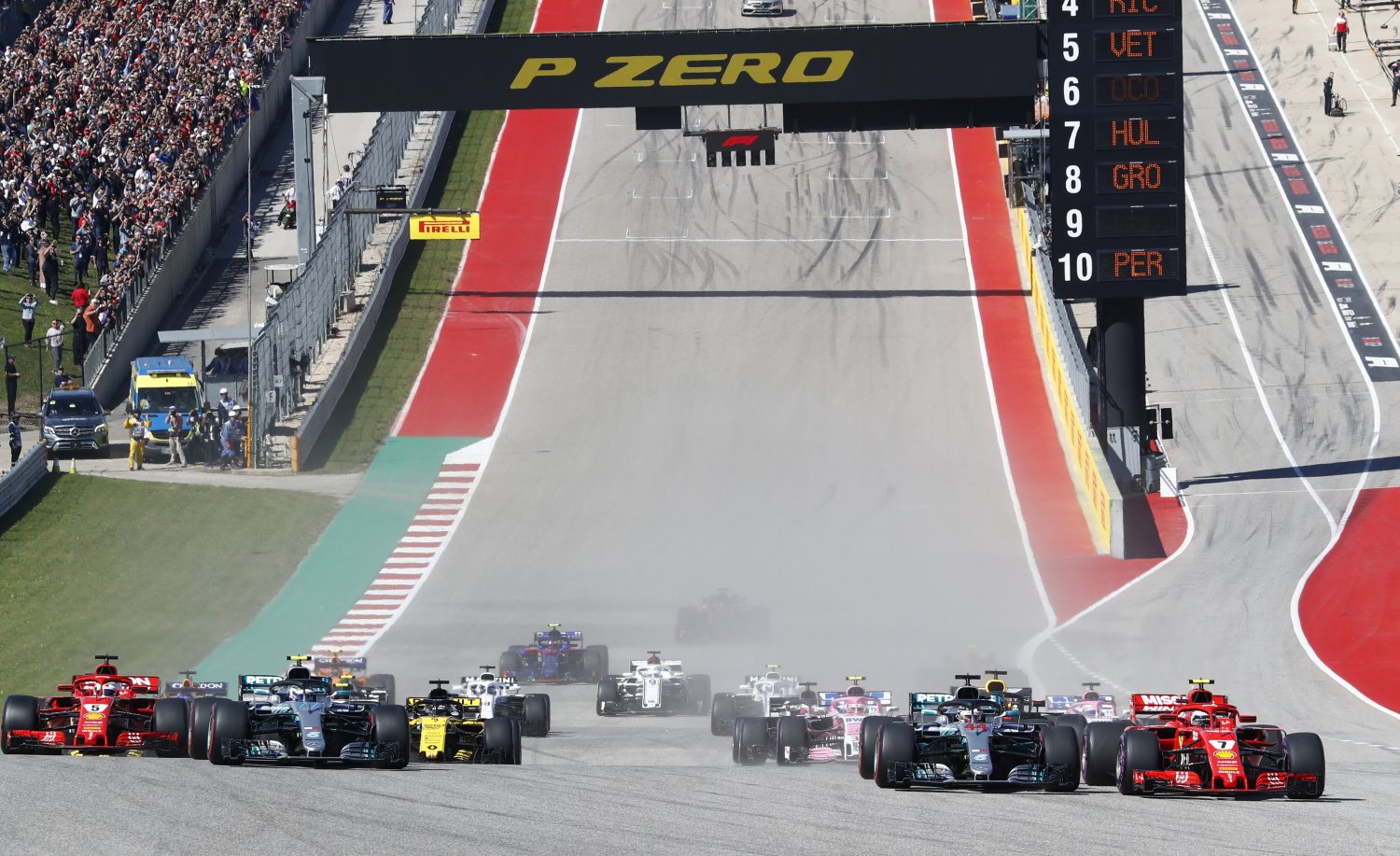
Of all the events promoted by F1 in the United States, the one in Austin has been the most significant positive surprise. In May 2010, Ecclestone announced a 10-year deal for the series to race in the Texas city, which would build a race track from scratch to host the series. It would be the first time this would happen in the country. Austin is, without a doubt, the biggest of all F1 USGPs with over 400,000 attending over the race weekend.
Reigning champion Sebastian Vettel took pole for the first race at the Texas circuit but it was 2007 winner Lewis Hamilton who took victory for McLaren
Miami (as of 2022)
Even with the success of the race in Austin, F1 continued to strive to have a second race in the United States, preferably in a major tourist destination center.
The 2022 Miami Grand Prix (officially known as the Formula 1 Crypto.com Miami Grand Prix 2022) was held on May 8, 2022, at the Miami International Autodrome in Miami Gardens, Florida, United States. It was the first edition of the Miami Grand Prix and the fifth round of the 2022 Formula One World Championship.
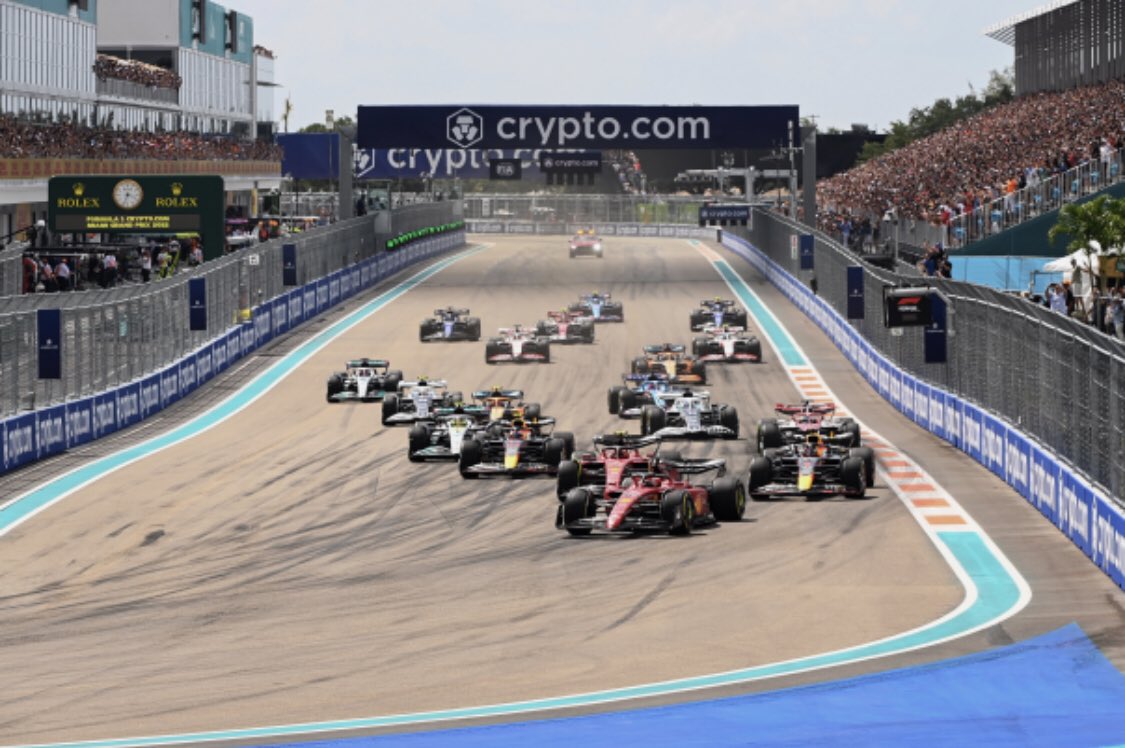
The course was laid out around the Miami Dolphins football stadium and while many pundits felt it would not make for good racing, in fact, it did.
The race was won by Max Verstappen, ahead of championship leader and pole-sitter Charles Leclerc in second and his teammate Carlos Sainz Jr. in third.
Las Vegas is set to join the calendar in 2023, once again giving the USA three F1 races in a single season.
